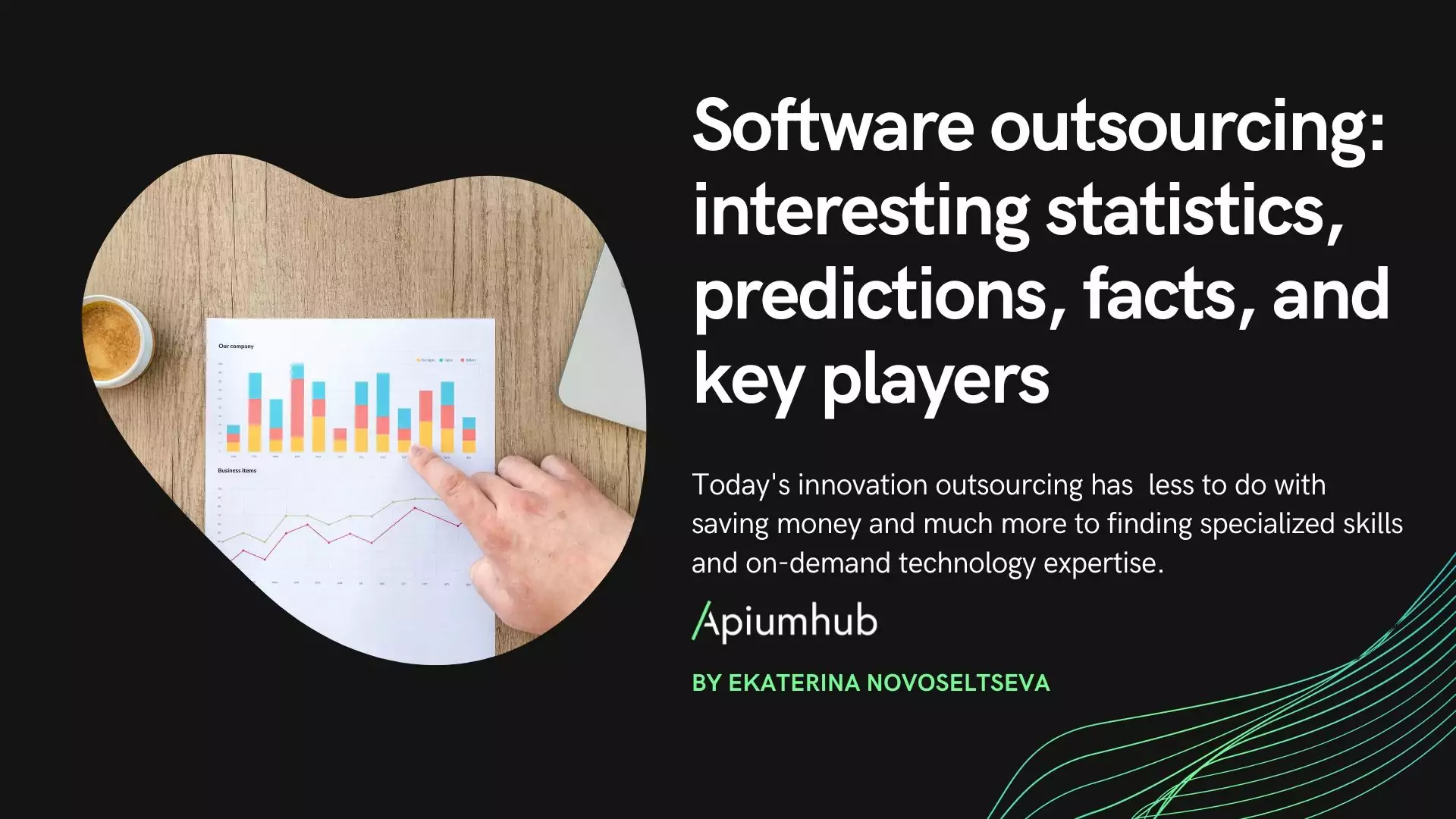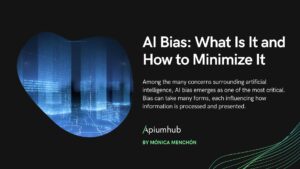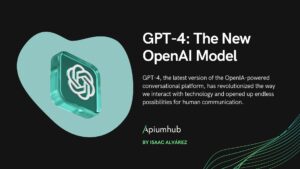Table of Contents
There is not yet so much information about the buzzword and technology – Digital Twin, even though, it is already listed in the next technology trends and used by many companies. Today, I would like to make it more clear what this concept actually does, how and what are the benefits for companies using it, of course, listing real cases.
What Digital Twin technology actually means
The concept of a virtual, digital equivalent to a physical product or the Digital Twin was introduced in 2003 at University of Michigan. At that time the introduced concept and digital representations of actual physical products were really new and immature; the information was limited, paper-based.
However, in the decade that has followed, the information technology supporting both the development and maintenance of the virtual product and the design and manufacture of the physical product has exploded. Virtual products are rich representations of products that are virtually indistinguishable from their physical counterparts.
Digital twins are a dynamic software model of a physical thing or system (Gartner Inc)
For better understanding the concept, let’s take a look at the simple example. Imagine that we have the information or document that we need to save for the later use. Once the full document or the information we need from the paper document is scanned and archived or used to drive whatever business process, we can do two things with the original paper: get rid of it or keep it, for instance for regulatory reasons. If we trash it, the paper-free dream, it’s gone and all we have is that digital information; no copy. With a digital twin, as the name indicates, we have two versions of a ‘thing’: the physical one and the digital twin one.
The process and technology
The digital twin concept is built on three pillars:
• A physical product in real space,
• A virtual product in virtual space,
• The connection of data and information that ties the virtual and real products together.
Since the model was introduced, there have been changes and increases in the amount, richness and fidelity of information of both the physical and virtual products; for example, on the virtual side, there were added numerous behavioral characteristics so that we can not only visualize the product, but we can test it for performance capabilities. Also, there is an ability to create lightweight versions of the virtual model that allows today’s simulation products to visualize and simulate complex systems and systems of systems, including their physical behaviours, in real-time and with acceptable compute costs.
Talking about the physical side, there could be collecting information about the characteristics of the physical product, with more exact details needed.
Until now, digital counterparts – accurate virtual copies of real things – were only distributed where their creation, and this is a very expensive process, was justified economically. For example, automakers have been breaking the digital counterparts of these machines for a dozen years during preliminary crash tests.
Benefits
First of all, the main benefit of the digital twin is to provide an integrated outlook of any project, to any user, at any point of the product lifetime. This “single source of truth” allows organisations to foster collaboration across various teams and departments, and even outside the organisation.
Moreover, digital twin technology has the potential to radically change the design, manufacturing, sales, and maintenance of complex products in multiple industries. Thanks to lean development cycles and increased collaboration, both internally and with external partners and suppliers, companies have been able to cut development time on complex products by 25 %, with cost savings of 10–15 %. With real-time mirroring, engineers can simulate the behaviour of complex systems to predict and prevent mechanical breakdowns.
Summarising the main benefits:
- Possibilities;
- Reduce the operating cost;
- Compressing time to value;
- Extend the life of equipment and assets;
- Efficient production control;
- Assessment of a system’s current and future capabilities during its lifecycle;
- Early discovery of system performance deficiencies by simulating results way before physical processes and product are developed;
- Optimisation of operability, manufacturability and sustainability;
- Continuous refinement of designs and models through data captured and easily crossed referenced to design details.
Practical application & Examples:
Tesla
Tesla is a great example that actively uses digital twin technology in every vehicle they manufacture. Constantly, data is being transmitted back and forth from the car to the factory. If a driver has a rattle in a door it can be fixed by downloading software to adjust the hydraulics of that particular door. Tesla regularly downloads software updates to their customer’s cars based on the data they are constantly receiving from each vehicle identification number (VIN).
Formula 1
These days, when a McLaren team races in Monaco or Singapore, digital twin beams data from hundreds of sensors wired in the car to Woking, England. There, analysts study that data and use complex computer models to relay optimal race strategies back to the driver.
- Smart City
A smart city platform provides a real-time navigable model of a city centre that includes underground structures such as water systems. Crews can inspect infrastructure and services from a remote location. For example, ‘Virtual Singapore’, a part of the Singapore government’s Smart Nation Singapore initiative, is the world’s first digital twin of an existing city-state, providing Singaporeans and effective way to engage in the digital economy. - Maintenance
A race car engine is visualised to a pit crew who use the information to identify required maintenance such as a component that is about to burn out. - Testing
A digital twin of a smartphone is used to visualise the performance of the device under conditions such as being dropped. - Robotics
A digital twin of an industrial robot allows a remote operator to control it with accuracy. - Healthcare
A digital twin can help virtualize a hospital system in order to create a safe environment and test the impact of potential changes on system performance. Not just operations, digital twins can also help improve the quality of health services delivered to patients. For example, a surgeon can use a digital twin for a digital visualisation of the heart, before operating it. - Customer Experience
Essentially, customers play a key role in influencing the strategies and decisions in any business.A digital twin can help boost the services directly offered to customers such as model fashion shows on a visual twin of a customer as part of customer experience.
Conclusion
What 10 years ago might be hard to imagine, now is implemented and used efficiently. Even though, digital twins require certain capabilities in terms of technology, data & analytics, organisation and innovation, companies going to use this technology both as a flagship for and driver of other digital initiatives.









